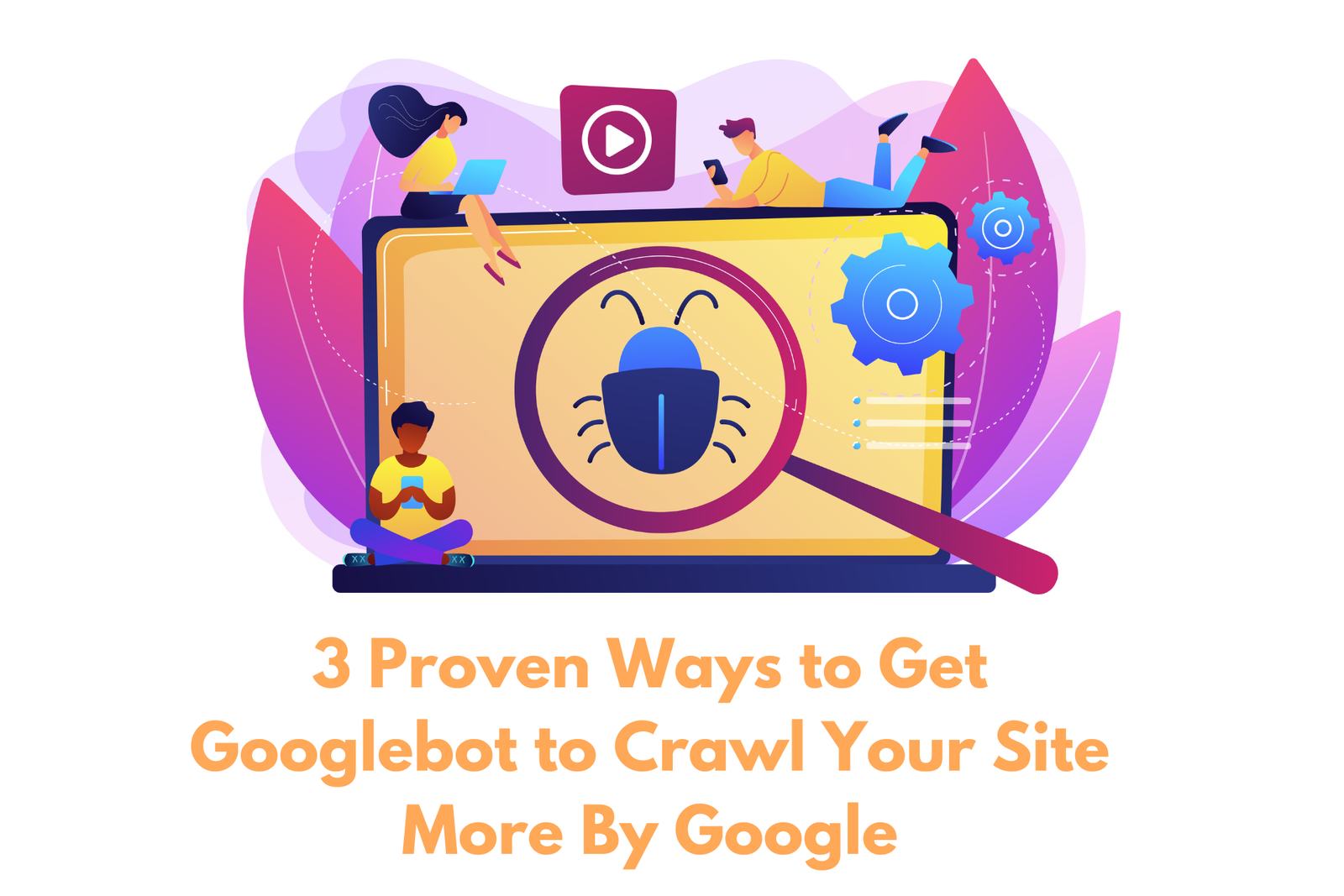How to Escape the Google Sandbox
Launching a new website can be exciting, but it often comes with a challenge: the Google Sandbox. This concept has puzzled website owners and SEO professionals for years. In this comprehensive guide, we’ll explore what the Google Sandbox is, how to recognize it, and most importantly, how to get your site out of it faster. Let’s dive in!
Table of content
What Is The Google Sandbox?
The Google Sandbox isn’t an official term, but it’s a concept that SEO experts use to explain why new websites often struggle to rank well in search results. Imagine it as a probation period for new sites. Google wants to make sure your site is trustworthy and valuable before giving it good rankings.
During this time, your site might:
- Have trouble ranking for competitive keywords
- See slower indexing of new pages.
- Experience lower organic traffic than expected.
The sandbox effect may persist for a few weeks or even extend to several months . It’s Google’s way of filtering out potentially spammy or low-quality sites that pop up just to game the system.
Interestingly, a study by Ahrefs found that only 5.7% of newly published pages will get to Google Top 10 within a year for at least one keyword. This statistic highlights the challenge new websites face in achieving high rankings quickly.

5 Tips To Reduce Your Google Sandbox Period
Ready to speed up your journey out of the sandbox? Here are five pro tips to help you along:

Focus on Quality Content
Content is king in the SEO world. Google loves websites that offer valuable, original information to users. Here’s what you can do:
- Write in-depth articles that cover topics thoroughly.
- Use your own research, data, or unique insights.
- Update your content regularly to keep it fresh.
- Ensure your writing is simple and easy to grasp.
Remember, one great article is better than ten okay ones! A study by Backlinko found that the average Google first page result has 1,447 words. This means that writing detailed and well-thought-out content is really important.
Build a Strong Site Structure
A well-organized website helps both users and search engine bots understand your content better. Try these tips:
- Create a clear menu structure.
- Use descriptive, keyword-rich URLs.
- Link between related pages on your site
- Make sure your site loads quickly on all devices.
A user-friendly site structure shows Google you’re serious about providing a good experience. Google’s PageSpeed Insights tool found that as page load time goes from 1 second to 3 seconds, the probability of bounce increases by 32%. This emphasizes the importance of a fast-loading, well-structured site.
Get high-quality backlinks.
Backlinks are like other websites giving your site a thumbs-up. When reputable sites link to yours, it tells Google your content is valuable. Here’s how to get good backlinks:
- Create shareable content like infographics or original research.
- Reach out to industry bloggers or journalists with newsworthy content.
- Participate in online communities and forums (but don’t spam!)
- Guest post on relevant, high-quality websites
Remember, it’s about quality, not quantity. A few links from respected sites are worth more than tons of links from low-quality ones. A study by Moz found that over 99% of top-ranking websites have at least one external link pointing to their site.

Optimize for Local Search
If your business serves a specific area, local SEO can help you get out of the sandbox faster. Try these local SEO tactics:
- Claim and optimize your Google My Business listing.
- Get listed in local directories and review sites.
- Encourage customer reviews on Google and other platforms.
- Create location-specific content on your website.
Local searches often have less competition, giving you a better chance to rank quickly. BrightLocal reports that 46% of all Google searches are aimed at finding local information.

Use social media wisely
While social media doesn’t directly impact your Google rankings, it can help indirectly:
- Share your content on social platforms to increase visibility.
- Interact with your audience to help them recognize and remember your brand.
- Use social media to network with others in your industry.
- Monitor social mentions to find linking opportunities.
Active social profiles can also help establish your brand’s credibility. Hootsuite reports that 52% of online brand discovery happens on social media feeds.
3 Reasons Why You’re Still in Google Sandbox
If you’ve tried the tips above and still find yourself stuck in the sandbox, here are three possible reasons why:
Your site lacks authority.
Building authority takes time. If your site is brand new, it might not have enough credibility in Google’s eyes yet. Keep creating great content and earning quality backlinks. Patience is key here.
You’re targeting highly competitive keywords.
If you’re going after super competitive keywords right out of the gate, you might struggle to rank. Try focusing on long-tail keywords or less competitive terms at first. As your site builds authority, you can slowly start aiming for more challenging keywords.
Technical SEO Issues
Sometimes, technical problems can keep your site in the sandbox. Make sure you’ve covered these bases:
- Your site is mobile-friendly.
- You’re using HTTPS for security.
- You’ve submitted a sitemap to Google.
- There are no crawl errors or broken links.
- You’re using schema markup correctly.
Fixing these issues can help Google trust and understand your site better. A study by SEMrush found that 65% of websites have critical errors in their technical SEO setup, highlighting the importance of getting this right.
When did the sandbox effect appear?
The concept of the Google Sandbox first appeared around 2004. SEO professionals noticed that new websites were having a hard time ranking well in Google search results, even with good content and backlinks. This led to the theory that Google was intentionally holding back new sites to prevent spam and low-quality content from ranking too quickly.
It’s important to note that Google has never officially confirmed the existence of a “sandbox.” However, the effects that SEO experts describe as the sandbox continue to be observed, even if the specifics may have changed over time.
How do I spot if your website is in the sandbox?
Wondering if your site is in the Google Sandbox? Here are a few signs to be aware of:
- Your site is still new (less than 6 months old).
- You’re not ranking for your brand name.
- Your pages aren’t getting indexed quickly.
- You’re not seeing much organic traffic from Google.
- Your rankings fluctuate wildly for no apparent reason.
- You rank well on other search engines but not on Google.
If you notice several of these signs, your site might be in the sandbox. But don’t worry—it’s not permanent!
The Power of Patience in SEO
While it’s natural to want quick results, patience is a virtue in SEO. According to a study by Ahrefs, it takes an average of 2 to 6 months for a page to reach its ranking peak. This shows that even after you’ve implemented all the best practices, time is still a crucial factor in SEO success.
Here’s why patience pays off:
- Building Trust Takes Time: Google needs time to assess your site’s reliability and value.
- Content Maturity: As your content ages, it often gains more backlinks and social shares naturally.
- Algorithm Updates: Google’s algorithm is constantly changing. Patience allows your site to adapt to these changes.
- Compounding Effects: As you consistently create quality content and build links, the positive effects compound over time.
Remember, SEO is a marathon, not a sprint. Stay consistent, and you’ll see results.
Leveraging User Experience (UX) to Escape the Sandbox
User experience has become increasingly important in SEO. Google wants to promote sites that users love. Here’s how you can use UX to your advantage:
- Improve Site Speed: According to Google, 53% of mobile site visits are abandoned if pages take longer than 3 seconds to load.
- Enhance mobile responsiveness: With mobile-first indexing, having a mobile-friendly site is crucial.
- Optimize for Voice Search: ComScore predicts that 50% of all searches will be voice searches by 2020.
- Create Easy Navigation: A clear site structure helps users find what they’re looking for quickly.
- Use Visuals Wisely: Break up text with relevant images, infographics, and videos to engage users.
By focusing on UX, you’re not just pleasing Google—you’re creating a better site for your visitors, which can lead to increased engagement, lower bounce rates, and ultimately, better rankings.
The Role of Content Freshness in Escaping the Sandbox
Google loves fresh content. Regularly updating your site can help you get out of the sandbox faster. Here’s why:
- Relevance: Fresh content shows Google your site is active and relevant.
- Increased Crawl Rate: Frequent updates can encourage Google to crawl your site more often.
- More Indexing Opportunities: New content gives you more chances to rank for different keywords.
- User Engagement: Fresh content keeps users coming back, increasing engagement signals.
According to a study by Orbit Media, bloggers who update old posts are 74% more likely to report strong results. Consider implementing a content update strategy alongside creating new content to maximize your chances of escaping the sandbox.
Wrapping It Up
Getting out of the Google Sandbox takes time and effort, but it’s totally doable. Focus on creating great content, building a user-friendly site, and earning the trust of both users and Google. Remember, the goal isn’t just to rank well; it’s to create a valuable resource that deserves to rank well.
Keep at it, and before you know it, you’ll see your site climbing up those search rankings. Good luck, and happy SEO-ing!
FAQ
Does Google Sandbox still exist?
While Google has never officially confirmed its existence, many SEO professionals believe the sandbox effect is still real. New websites often experience difficulty ranking well in search results, which aligns with the sandbox concept. However, the specifics of how it works may have changed over time. A survey by Search Engine Journal found that 68% of SEO professionals believe the Google Sandbox still exists in some form.
How do I get out of Google Sandbox?
To escape the Google Sandbox more quickly:
1- Create high-quality, original content regularly.
2- Build a user-friendly website structure.
3- Earn high-quality backlinks from reputable sites.
4- Optimize for local search if applicable.
5- Use social media to increase visibility and engagement.
6- Focus on technical SEO to ensure your site is easy for Google to crawl and understand.
What is a sandbox in digital marketing?
In digital marketing, the sandbox refers to a perceived period where new websites have difficulty ranking well in Google search results. It’s like a probation period where Google evaluates the quality and trustworthiness of a new site before allowing it to rank for competitive keywords. While not an official term, it’s widely used in the SEO community to explain the challenges new sites face in achieving high rankings quickly.







